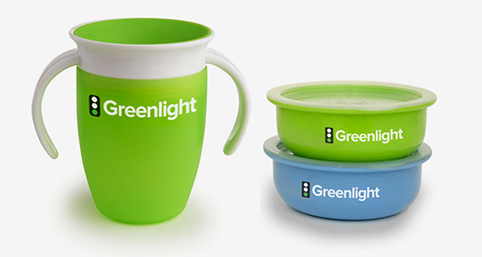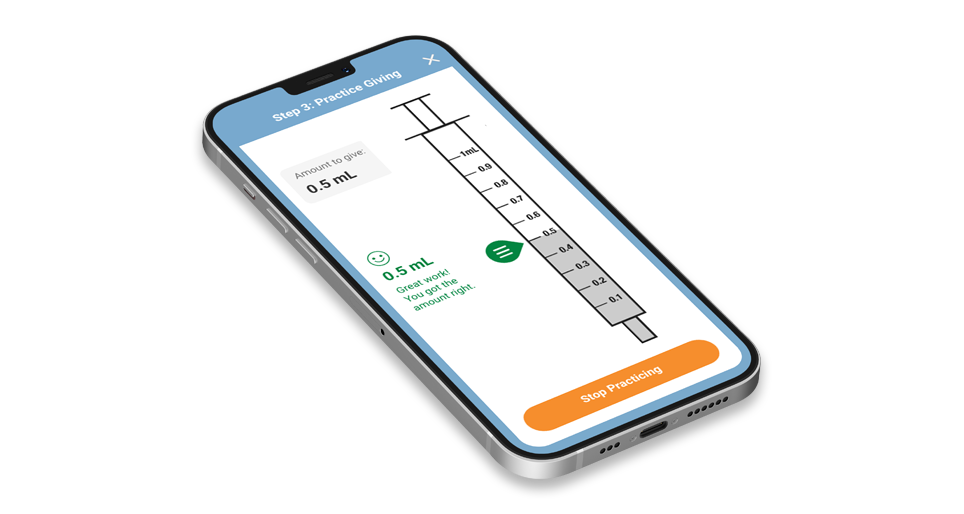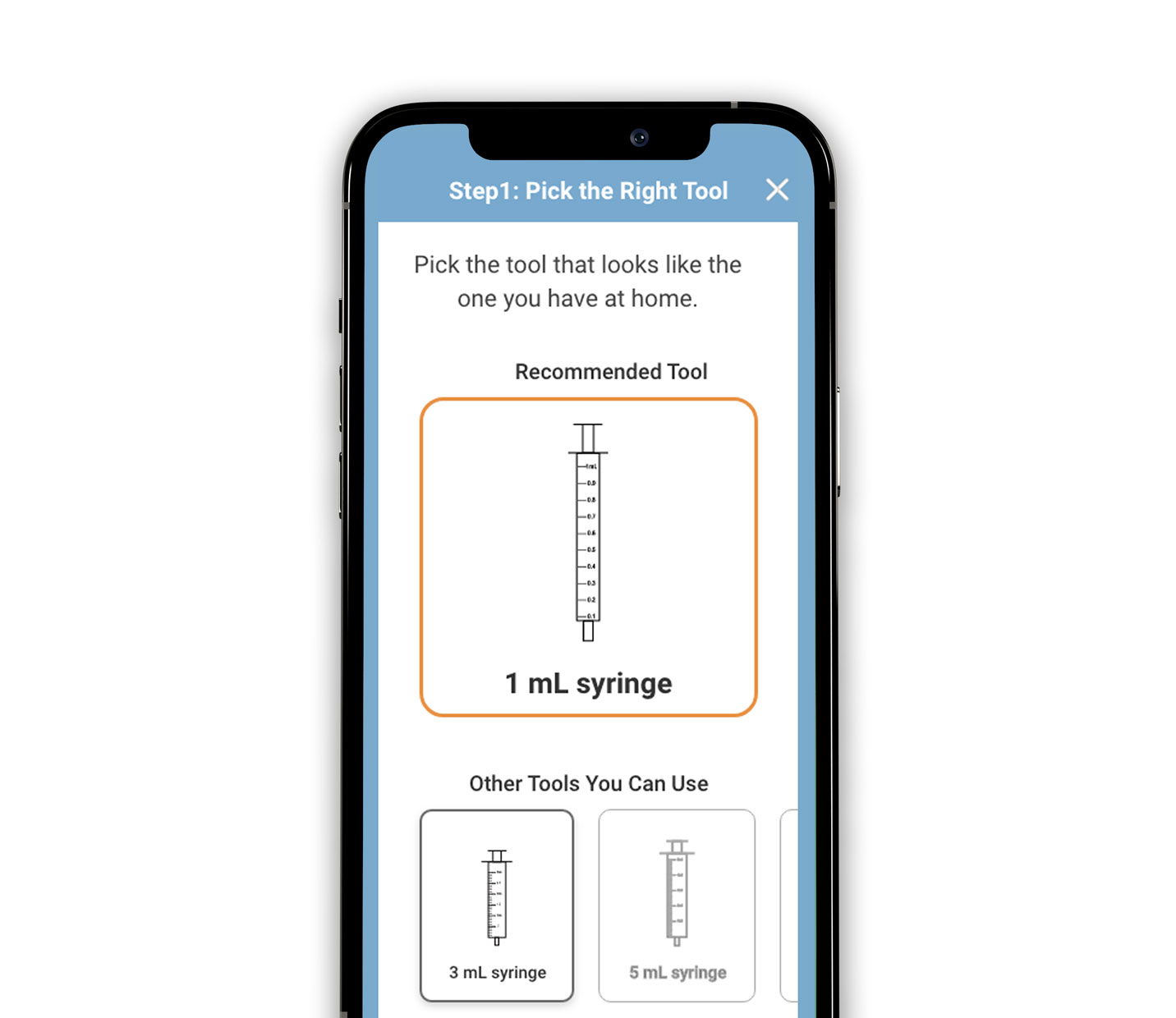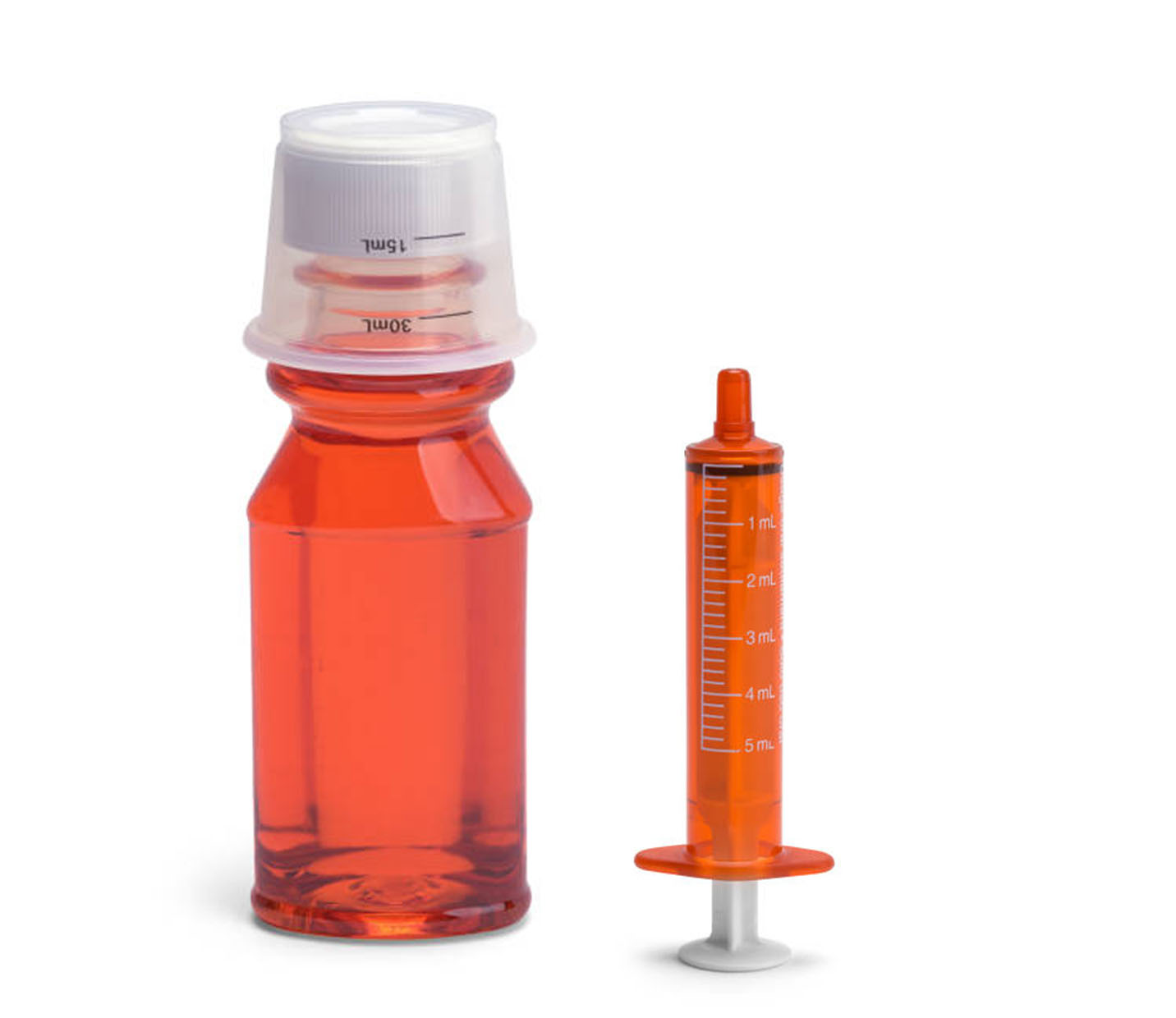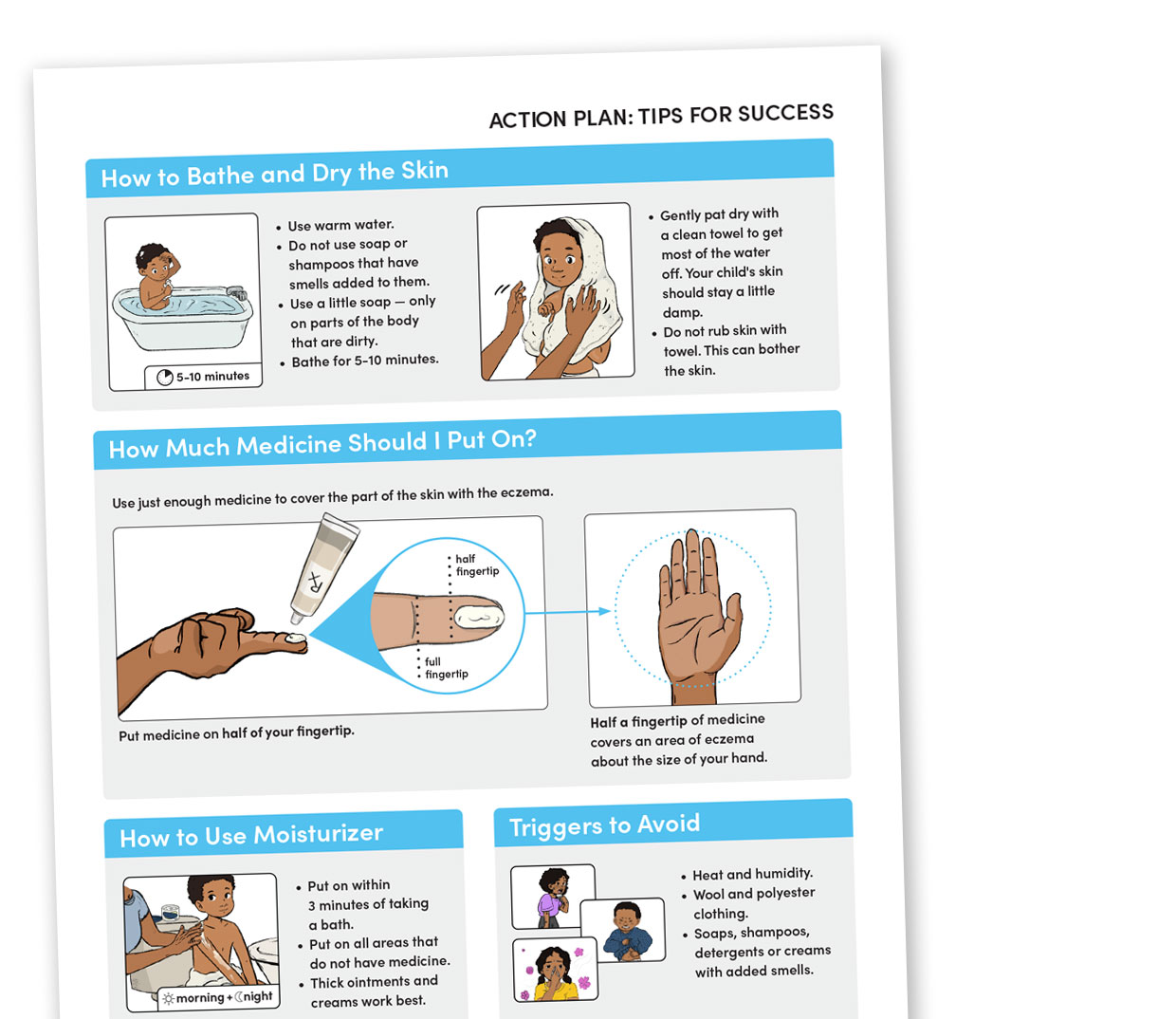Plain Language Handouts
Plain language handouts enhanced with pictograms and other visuals are the centerpiece of HELPix. These written materials are meant to be used as part of verbal counseling, to increase communication effectiveness.
The right tools
make effective
health communication
easier.
HELPix uses visuals and other evidence-based strategies to address the communication needs of patients and their families — especially those with low health literacy.
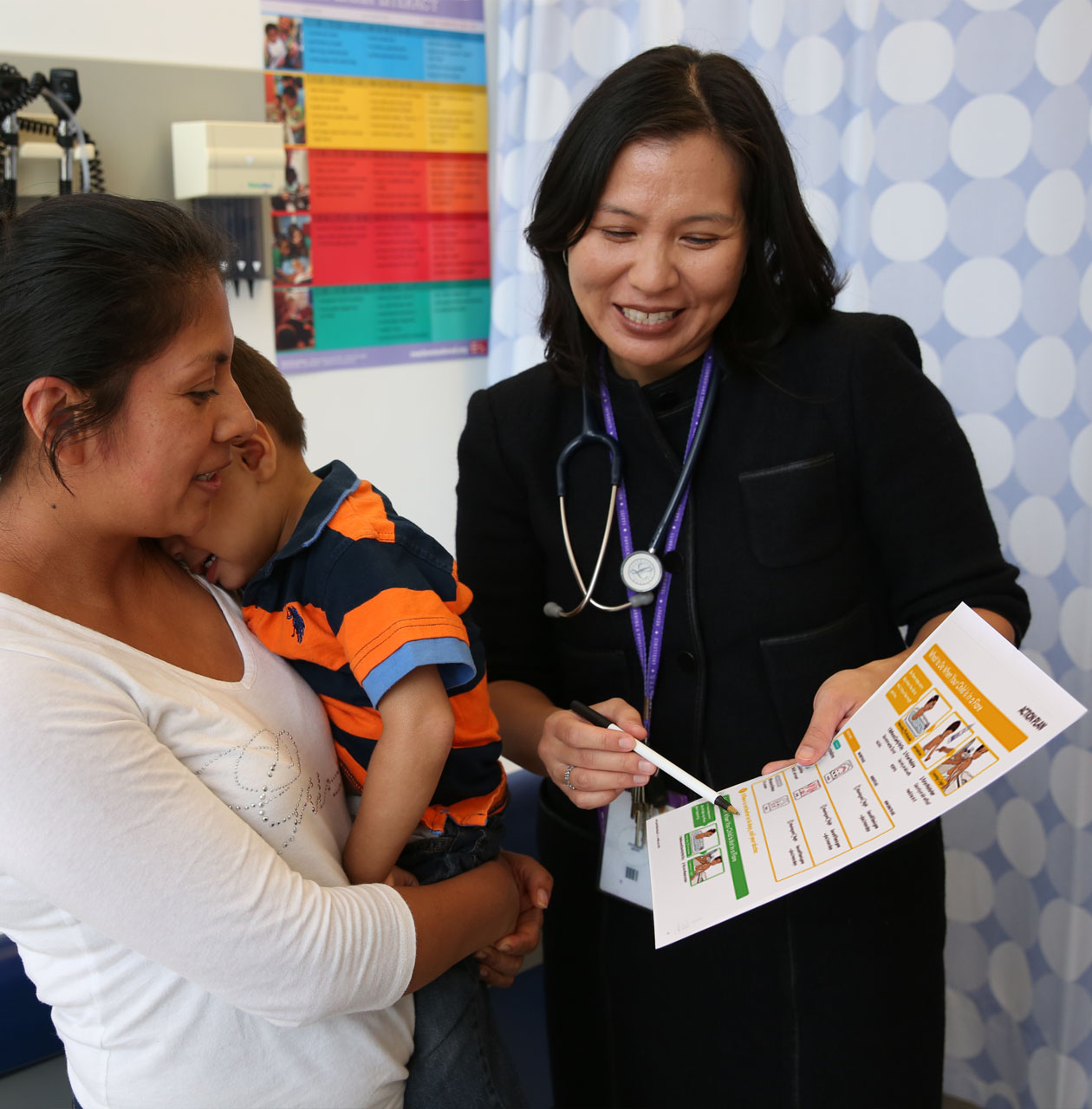
Our Mission
HELPix seeks to improve communication of health information to families through the use of plain language and visually-based tools. HELPix translates and applies evidence-based communication strategies to address health care quality and patient safety issues, particularly for individuals with low health literacy, limited English proficiency or other poverty-related risks.
Just as health literacy principles can be applied across the broad range of health contexts — the HELPix tools address a wide range of areas — from medication safety to chronic disease management to obesity prevention.
Our Focus Areas
Our HELPix interventions use a visually-driven health literacy approach to improve health outcomes. Our interventions are focused in three key areas:

prevent dosing errors and improve
adherence to children’s medicines.
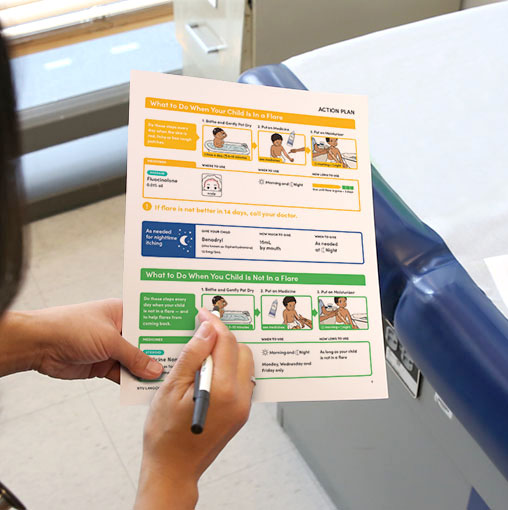
their child at home — when their
child is sick or well.

choices, starting at birth, so
their child grows healthy and strong.
HELPix Core Components
HELPix strategies and tools help health care providers communicate with families more effectively.
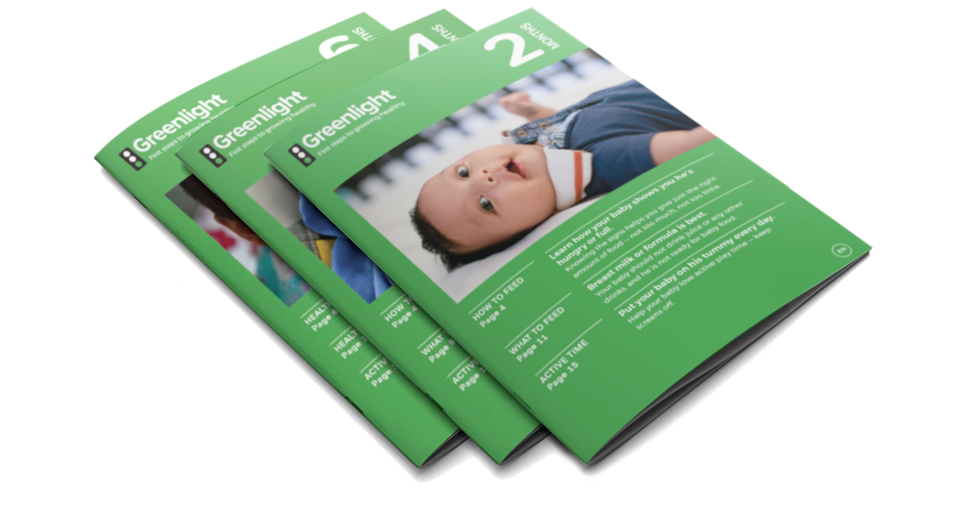
Evidence-Based Approach to Health Literacy
Our HELPix projects have been evaluated as part of several studies funded by the National Institutes of Health.
HELPix studies have allowed the research team to identify evidence-based best practices and tools to improve communication with patients and families across the spectrum of care — from acute care and chronic disease management to preventive health.


